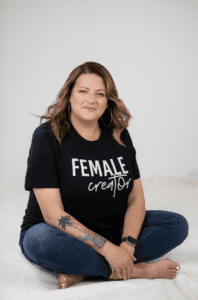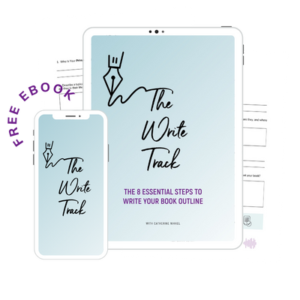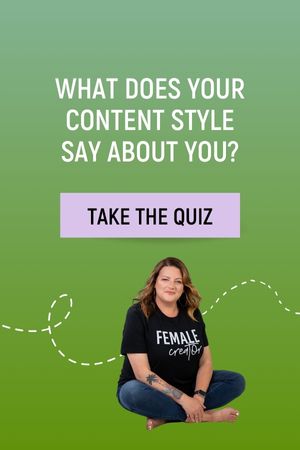User-generated content — otherwise known as word-of-mouth marketing — has seen its impact skyrocket. This is likely attributed to the fact that people find it more trustworthy than other forms of marketing. This type of unpaid marketing can help sway and convince buying decisions — much more than other avenues. This post will give you several examples of user-generated content.
But first …
Here is a recent blog you will also find helpful → What is User-Generated Content?
It makes sense — we’d all trust our friends and acquaintances more than a paid Instagram ad, right? The thing is, nowadays, user-generated content goes beyond relying upon your friends. People now often look to influencers and celebrities to put the seal of approval on a product. It’s putting a real face to your brand and feels more genuine and authentic.
While Part I of this article covered what user-generated content is, this article will dive into the best types so that you can start using it as part of your marketing strategy!
Here are Three Examples of User-Generated Content
1. Use Hashtags
A straightforward way to build user-generated content for your brand is to start promoting specific hashtags. When you’re in the beginning stages, develop 1-2 particular hashtags that include your brand’s name.
Use these hashtags whenever you post on social media, and encourage your audience to share and spread the word about your product or service. This will encourage your customers to use your product, talk about it, and then post content about them using it in real life. The more people use your hashtag, the more they will want to jump on the bandwagon and use it.
The second step in using hashtags is to then re-post users’ content. Please post it on your website, on social, or even print it. There is such a high value when you demonstrate to potential buyers how others use your brand because it makes them want to be part of something “special.”
2. Ask for Content
Another way to build user-generated content for your brand is to ask. Many companies, such as the makeup and skincare brand Glossier, ask their devoted customer base for pictures. Glossier then uses fan photos to make up most of its social media posts.
Once again, this shows real people. In the makeup and skincare context, it’s not that intriguing to post perfectly edited and posed pictures of models — it’s much more powerful for potential buyers to see real people who use and love their product.
By asking for content from your consumers, you can show all your followers why they not only want but need your product.
3. Make Customers Brand Ambassadors
In today’s digital world, your customers are your spokespeople, and you want to give them every opportunity to discuss and share your brand. As you work to build a large following, it can be helpful to identify some key influencers whose support of your brand has helped your company grow.
You can do this in various ways, from picking your top spenders to looking into your analytics and referral data. Then, once you identify some key people, reach out to them and thank them — or even send them more products!
Trust me. It will only help build customer relations and help skyrocket your brand even more.
Resources
What type of Content Creator are you? Take the Quiz! – 4 different types of creators, which one are you?

Email: catherine@catherinenikkel.com
Need help telling your story in your own voice? Let’s make it happen. Schedule a consultation with me here
Catherine Nikkel is a content creator, ghostwriter and the founder of Mindful Media. She specializes in helping CEOs, entrepreneurs and influencers create copy that engages and converts. Her work has appeared in Forbes, Huffington Post, Yahoo!, Authority Magazine, FemFounder and more.






